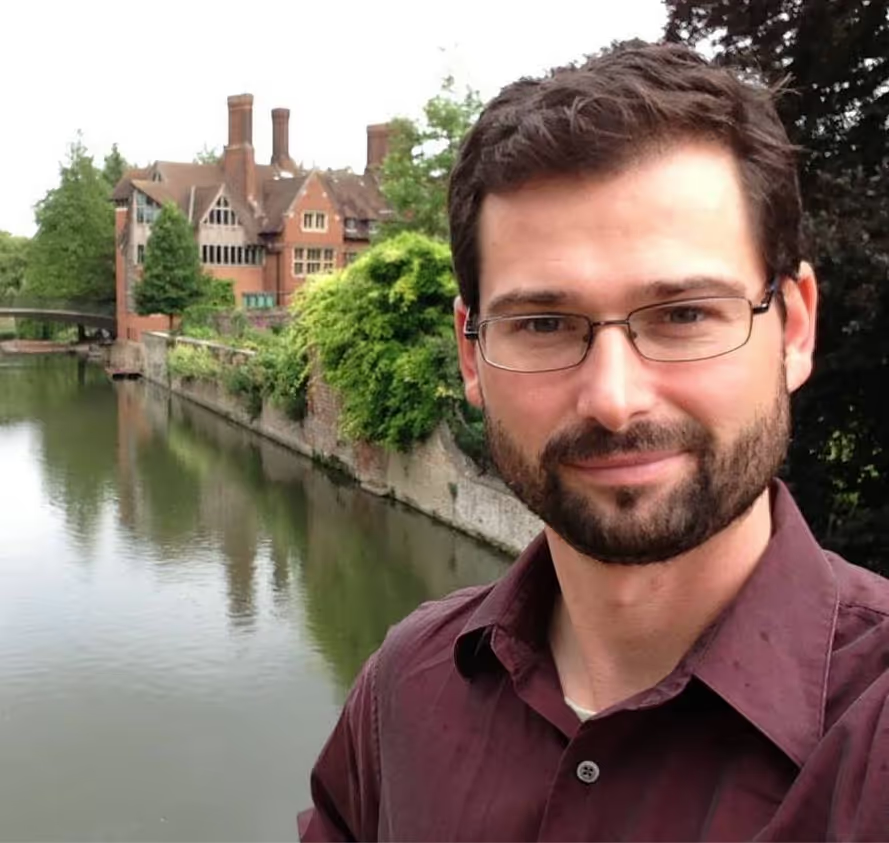“Every political philosophy has to begin with a theory of human nature,” wrote Harvard evolutionary biologist Richard Lewontin in his book Biology as Ideology. Thomas Hobbes, for example, believed that humans in a “state of nature,” or what today we would call hunter-gatherer societies, lived a life that was “solitary, poor, nasty, brutish and short” in which there existed a “warre of all against all.” This led him to conclude, as many apologists for dictatorship have since, that a stable society required a single leader in order to control the rapacious violence that was inherent to human nature. Building off of this, advocates of state communism, such as Vladimir Lenin or Josef Stalin, believed that each of us was born tabula rasa, with a blank slate, and that human nature could be molded in the interests of those in power.
Ever since Atlas Shrugged, Ayn Rand has been gaining prominence among American conservatives as the leading voice for the political philosophy of laissez-faire capitalism, or the idea that private business should be unconstrained and that government’s only concern should be protecting individual property rights. As I wrote this week in Slate with my piece “Ayn Rand vs. the Pygmies,” the Russian-born author believed that rational selfishness was the ultimate expression of human nature.
As Rand further detailed in her book The Virtue of Selfishness, moral values are “genetically dependent” on the way “living entities exist and function.” Because each individual organism is primarily concerned with its own life, she therefore concludes that selfishness is the correct moral value of life. “Its life is the standard of value directing its actions,” Rand wrote, “it acts automatically to further its life and cannot act for its own destruction.” Because of this Rand insists altruism is a pernicious lie that is directly contrary to biological reality. Therefore, the only way to build a good society was to allow human nature, like capitalism, to remain unfettered by the meddling of a false ideology.
Read more at Scientific American.
October 5, 2012
Ayn Rand on Human Nature
Rand insists altruism is a pernicious lie that is directly contrary to biological reality. Is it?



